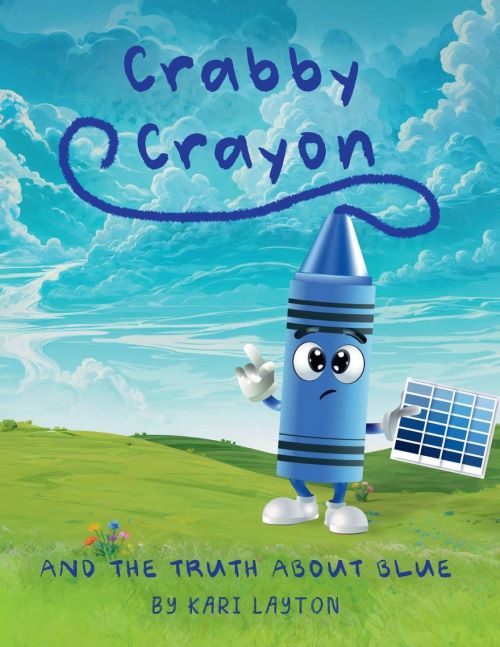Have you ever wondered how to make learning both fun and thought-provoking for your child? Storytelling is a powerful tool that nurtures critical thinking skills in young minds. By engaging children with captivating narratives, you encourage them to analyze, question, and problem-solve in ways that feel natural and exciting.
Stories help children connect cause and effect, recognize different perspectives, and develop reasoning abilities. When kids engage with stories, they are not just entertained, they are learning how to think critically about the world around them.
Let’s dive in to see how stories encourage problem-solving, reasoning, and deeper understanding.
Why Critical Thinking Matters in Early Development
Critical thinking is an essential life skill. It teaches children to evaluate information, make informed decisions, and solve problems creatively. Encouraging this skill early helps children become independent thinkers and confident learners.
By exposing children to diverse stories, you empower them to question, predict, and reflect. Whether through fairy tales, adventure stories, or real-life narratives, storytelling fosters deeper understanding and logical reasoning.
How to Use Stories to Build Critical Thinking
1. Ask Thought-Provoking Questions
Encourage kids to analyze stories by asking open-ended questions like, “What do you think will happen next?” or “Why do you think the character made that choice?” These questions stimulate curiosity and encourage children to think beyond the surface.
2. Encourage Problem-Solving
Select stories where characters face challenges and discuss possible solutions with your child. Ask them how they would handle the situation differently. This strengthens decision-making skills and promotes creative thinking.
3. Compare Different Perspectives
Help kids understand multiple viewpoints by discussing how different characters see the same event. Ask, “How do you think the story would change if it were told from another character’s perspective?” This exercise builds empathy and analytical thinking.
4. Let Kids Predict Endings
Before reaching the conclusion of a story, pause and let your child predict how it might end. This encourages logical reasoning and helps them connect details from the story to form their own conclusions.
5. Introduce Stories with Moral Dilemmas
Books that present ethical choices encourage deep thinking. Ask, “Was this the right thing to do?” or “What would you have done differently?” These discussions strengthen a child’s ability to evaluate situations critically.

Conclusion
Using stories to develop critical thinking in children makes learning engaging and effective. By asking questions, exploring different perspectives, and encouraging problem-solving, you help kids become more thoughtful and independent thinkers.
Looking for a good story to inspire critical thinking? ‘Crabby Crayon and The Truth About Blue’ by Kari Layton is a good fit. This beautifully illustrated story teaches children to question assumptions, embrace diversity, and think critically about their beliefs.
Inspire young minds to think critically with Crabby Crayon and The Truth About Blue! Grab your copy now.

